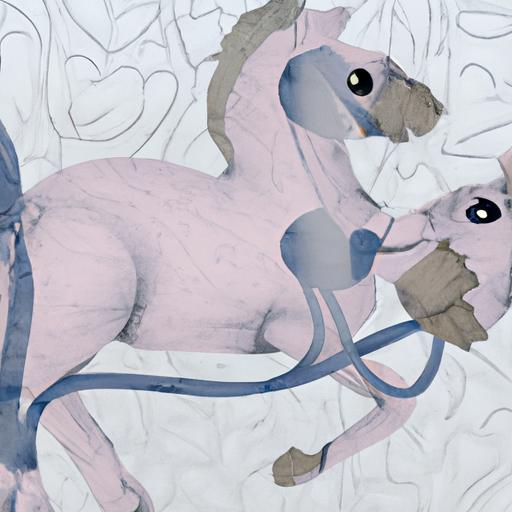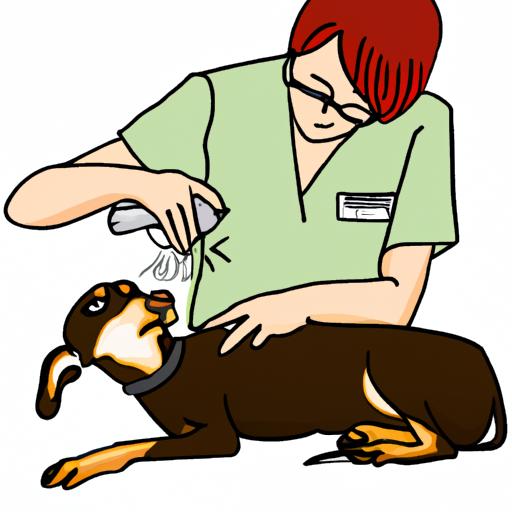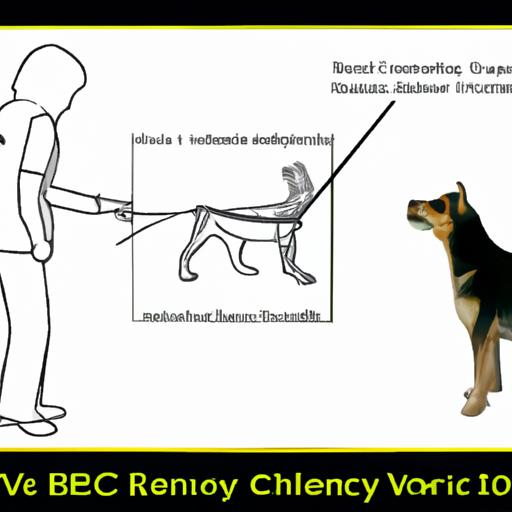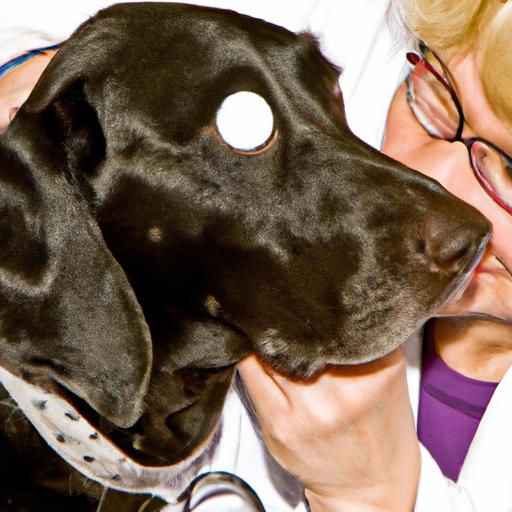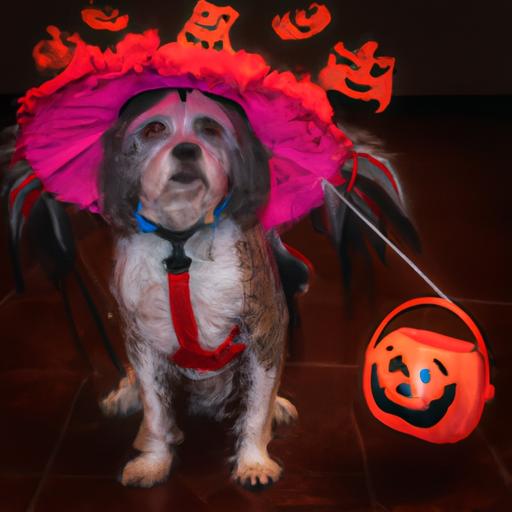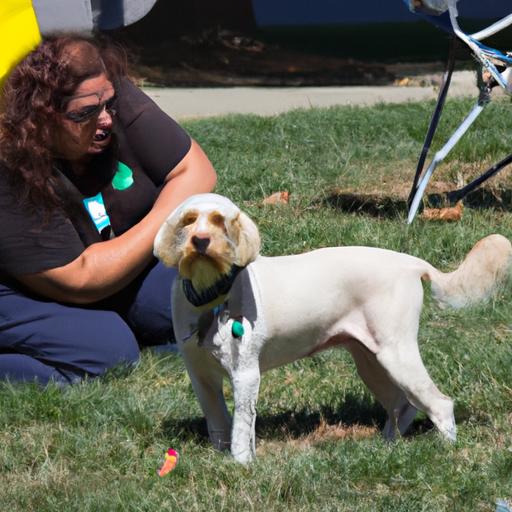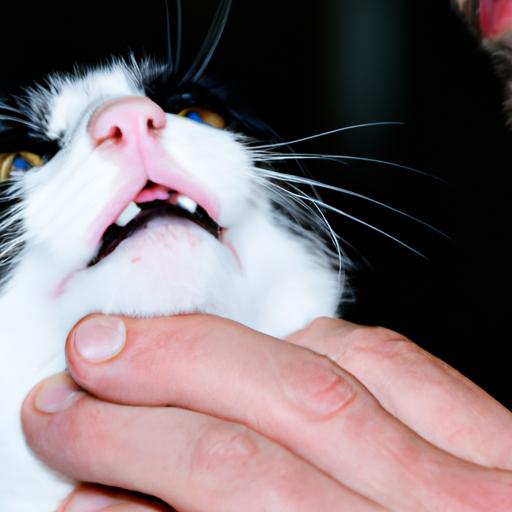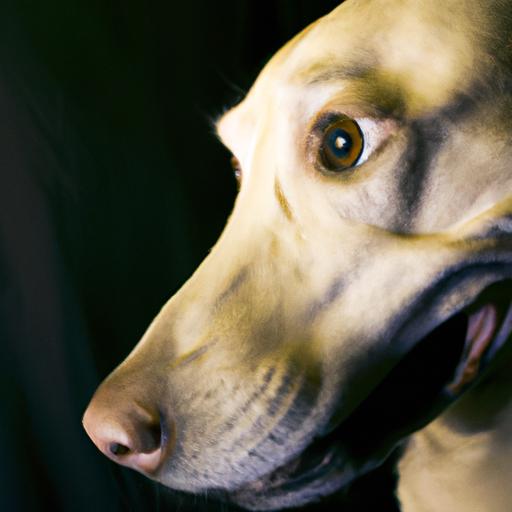
Recognizing Signs of Canine Dementia
Learn how to recognize the signs of canine dementia in your furry friend and provide the necessary care. Don’t miss our comprehensive guide!
Introduction
As pet owners, we cherish the love and companionship our furry friends provide. It can be heartbreaking to witness them struggle with age-related cognitive decline. Canine dementia, also known as cognitive dysfunction syndrome (CDS), is a condition that affects our dogs’ cognitive abilities as they grow older. It is crucial for us to recognize the signs of canine dementia early on, so we can provide the necessary care and support to ensure our beloved companions live their golden years with dignity and comfort.
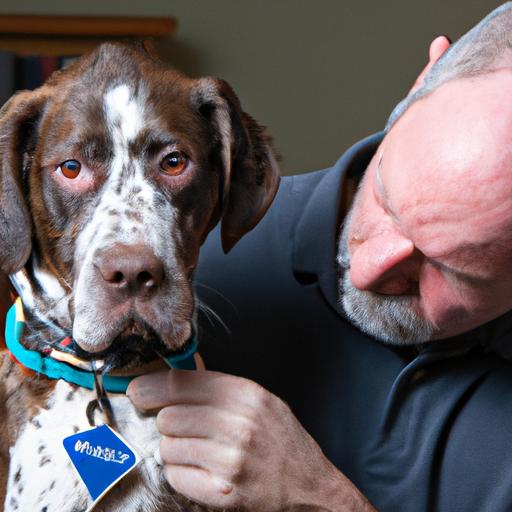
Recognizing Signs of Canine Dementia
Our dogs can’t communicate with words, but they have their own ways of telling us something is amiss. Here are some key signs to watch out for:
Changes in behavior and personality
One of the earliest signs of canine dementia is a change in behavior and personality. Pay attention if your once-friendly and sociable dog becomes withdrawn, irritable, or shows signs of depression. They may also exhibit sudden aggression or develop new fears and anxieties.
Disorientation and confusion
Dogs with dementia often become disoriented and struggle to find their way around familiar places. They may wander aimlessly, get stuck in corners, or forget where their food and water bowls are located. Confusion can lead to anxiety and restlessness.
Loss of previously learned skills
If your well-trained dog starts forgetting commands or has difficulty performing tasks they once mastered, it could be a sign of cognitive decline. They may no longer respond to their name or fail to recognize familiar faces. Loss of housetraining habits is also common.
Sleep disturbances
Just like humans, dogs with dementia may experience disruptions in their sleep patterns. They may sleep more during the day but become restless at night, pacing or vocalizing. These sleep disturbances can further exacerbate their confusion and disorientation.
Increased anxiety or agitation
Canine dementia can cause dogs to feel heightened anxiety and agitation. They may exhibit repetitive behaviors like pacing or circling, or become easily startled by everyday noises. Changes in their environment or routine may trigger anxiety episodes.
Loss of house-training habits
Another telltale sign of canine dementia is the loss of house-training habits. Accidents indoors, even in previously well-trained dogs, can occur due to their cognitive decline. It’s important to remember that these accidents are not deliberate and should be approached with understanding and patience.
Frequently Asked Questions (FAQs)
What are the common causes of canine dementia?
Canine dementia can have various causes, including age-related brain changes, genetic factors, and underlying medical conditions such as hypothyroidism or brain tumors. It is essential to consult with a veterinarian to determine the underlying cause and develop an appropriate treatment plan.
Can canine dementia be treated or cured?
While there is no cure for canine dementia, early detection and management can significantly improve your dog’s quality of life. Your veterinarian may recommend medications, dietary supplements, environmental enrichment, and behavioral modifications to slow down the progression of the disease and alleviate symptoms.
Are certain dog breeds more susceptible to developing dementia?
Studies have shown that certain breeds, such as Shih Tzus, Dachshunds, and Boxers, may have a higher predisposition to developing dementia. However, it is important to note that any dog, regardless of breed, can be affected by cognitive dysfunction syndrome as they age.
How can I differentiate between normal aging and signs of dementia in my dog?
Differentiating between normal aging and signs of dementia can be challenging. If you notice significant changes in your dog’s behavior, cognitive abilities, or overall well-being, it is best to consult with a veterinarian. They can conduct a thorough examination, consider your dog’s medical history, and provide a proper diagnosis.
Conclusion
Recognizing the signs of canine dementia is crucial for ensuring our furry companions receive the care and support they need as they age. By understanding the behavioral changes, disorientation, loss of skills, sleep disturbances, anxiety, and house-training issues associated with canine dementia, we can take proactive steps to enhance their quality of life. Regular veterinary check-ups, early detection, and appropriate management strategies are key to helping our dogs navigate their golden years with comfort and dignity. Remember, our beloved companions rely on us to be their advocates and provide them with the love and care they deserve.

